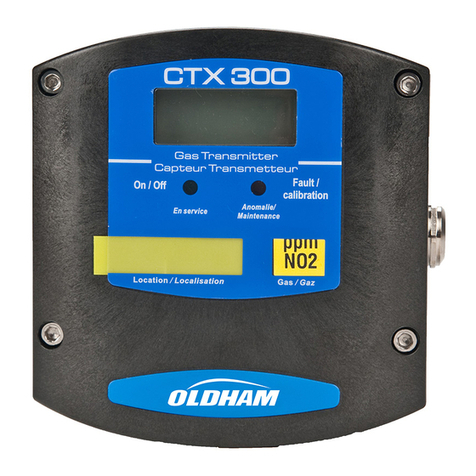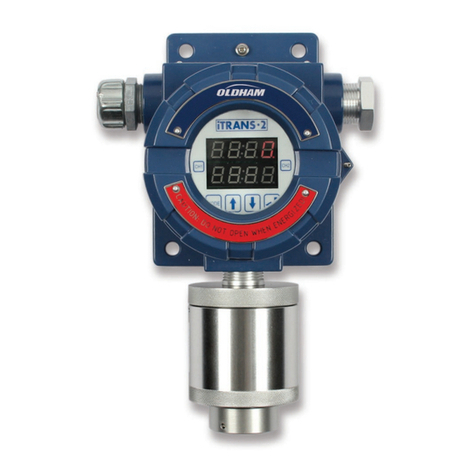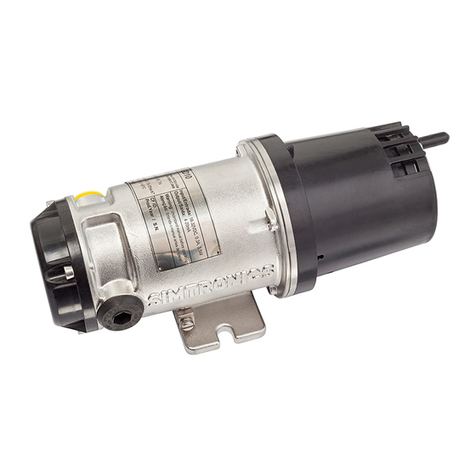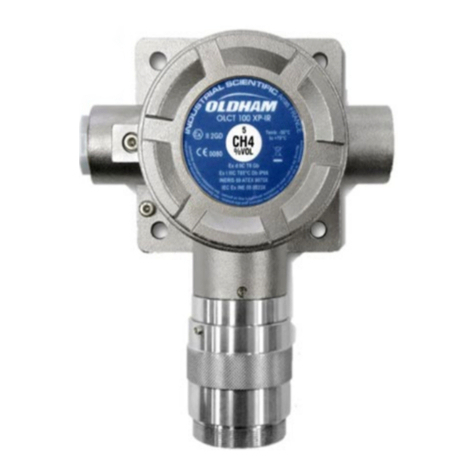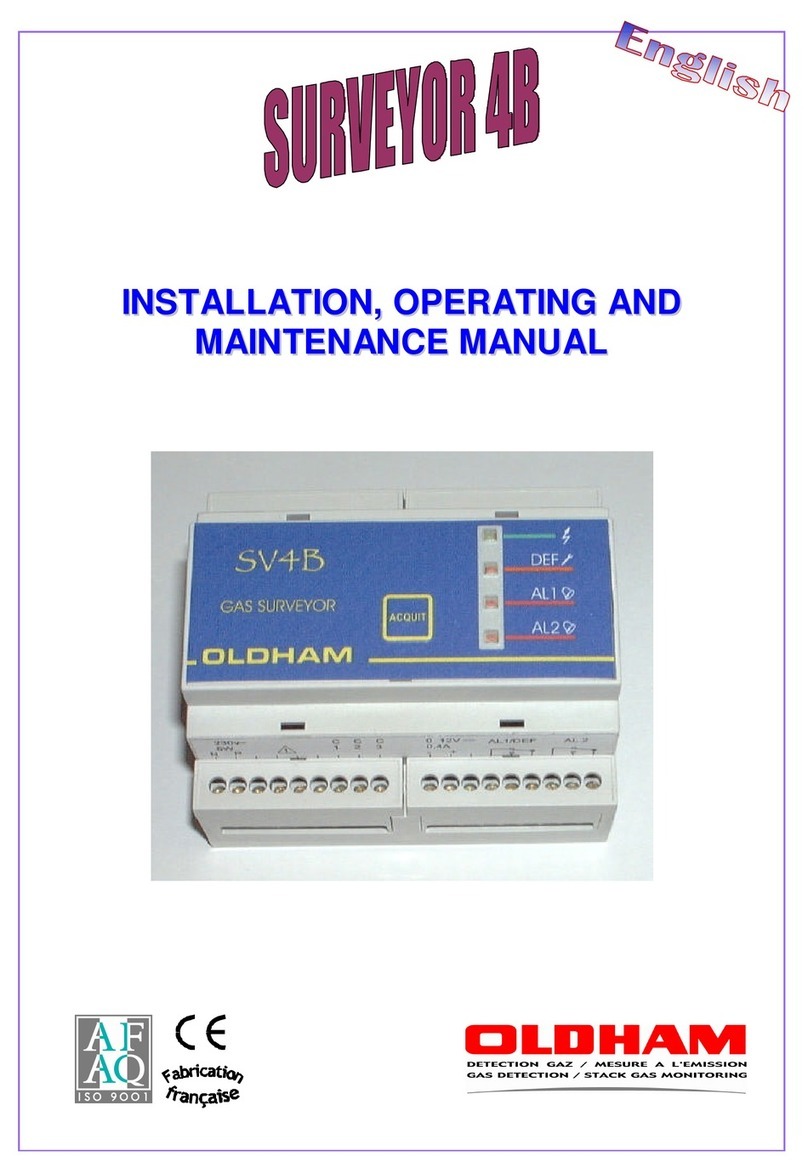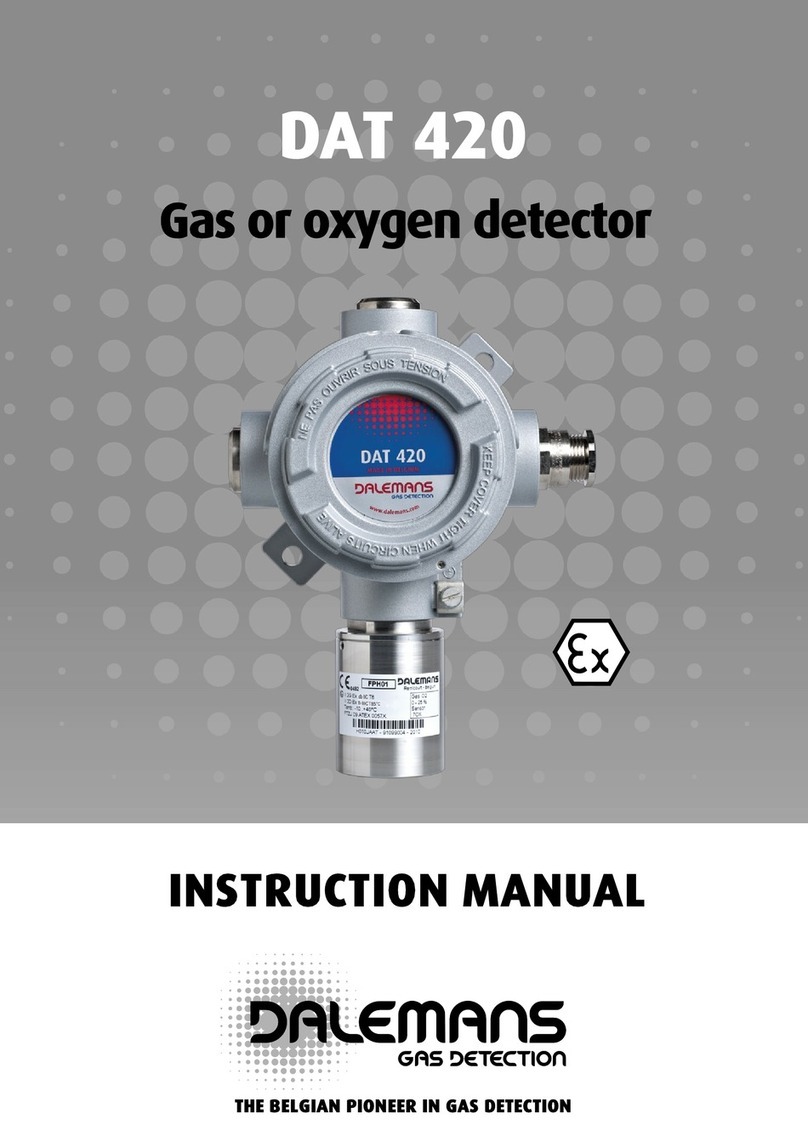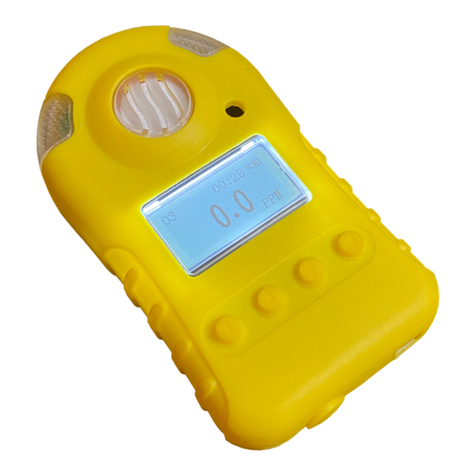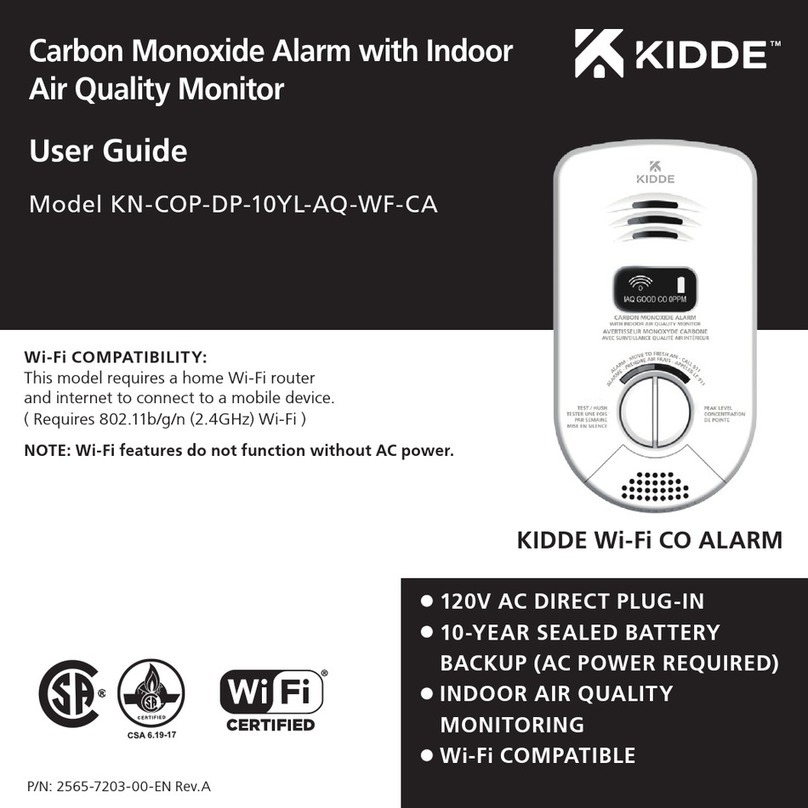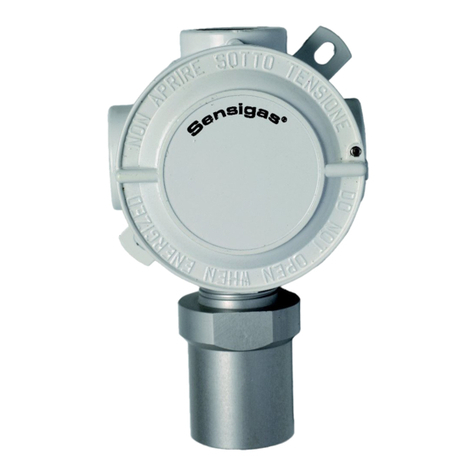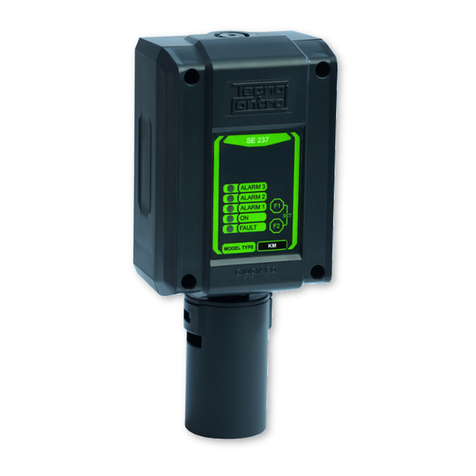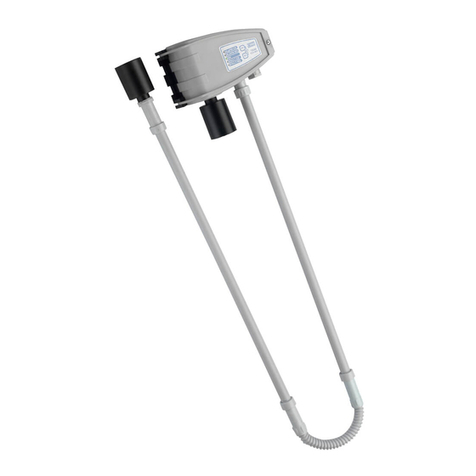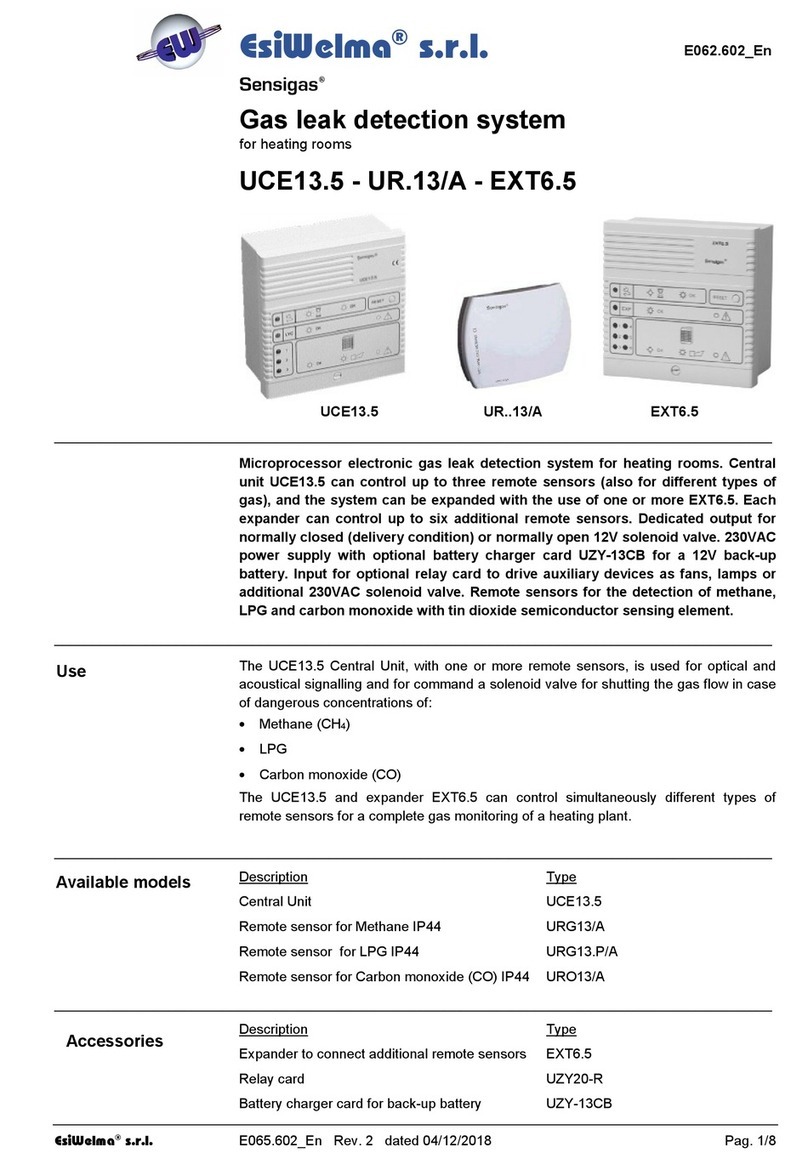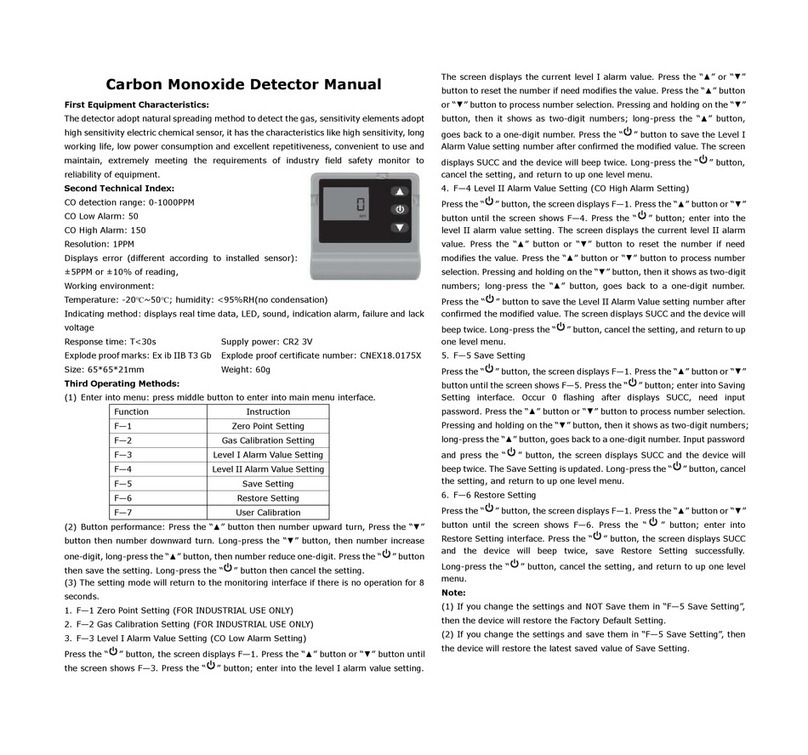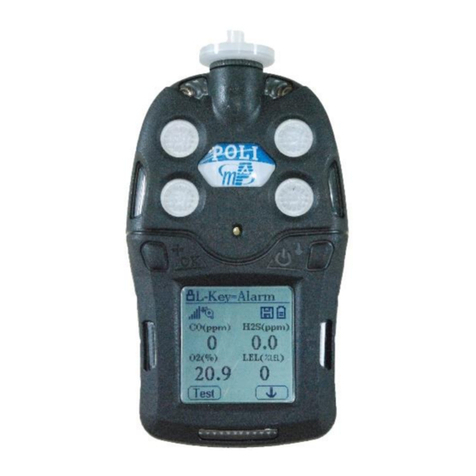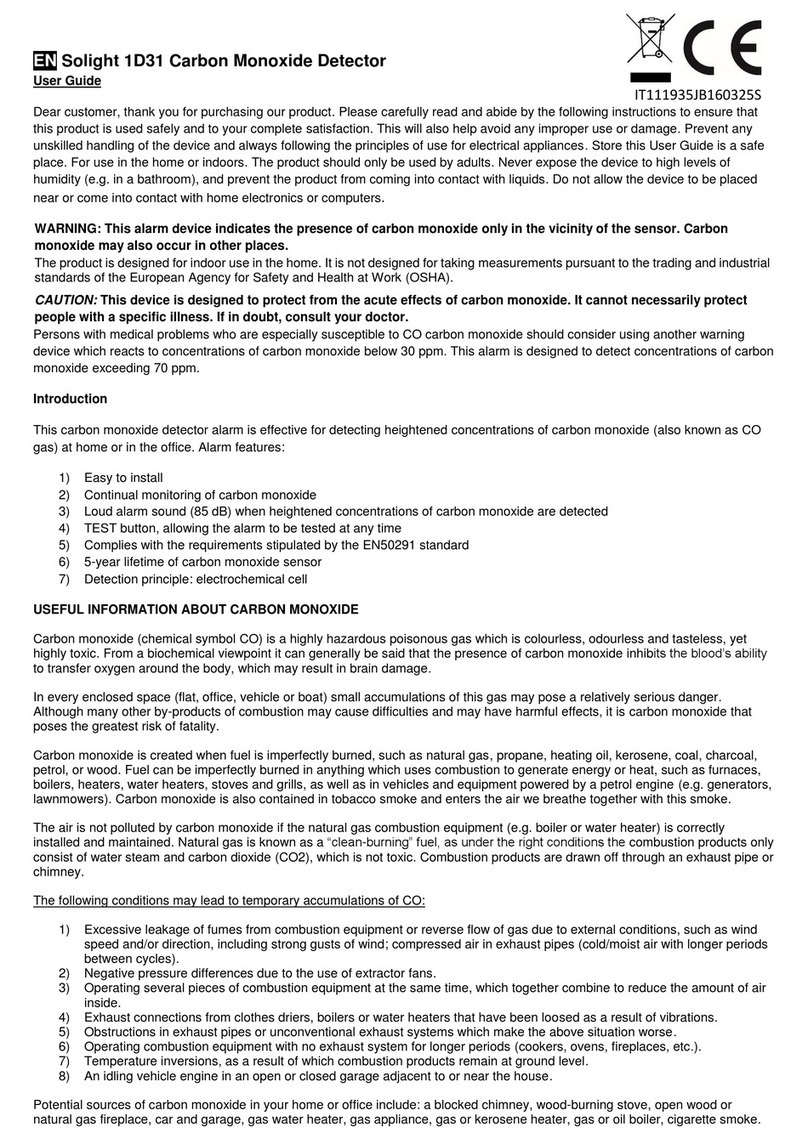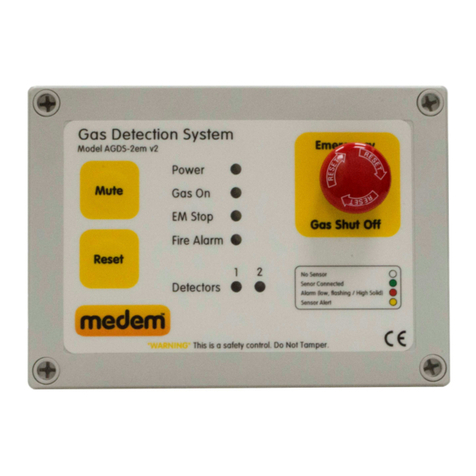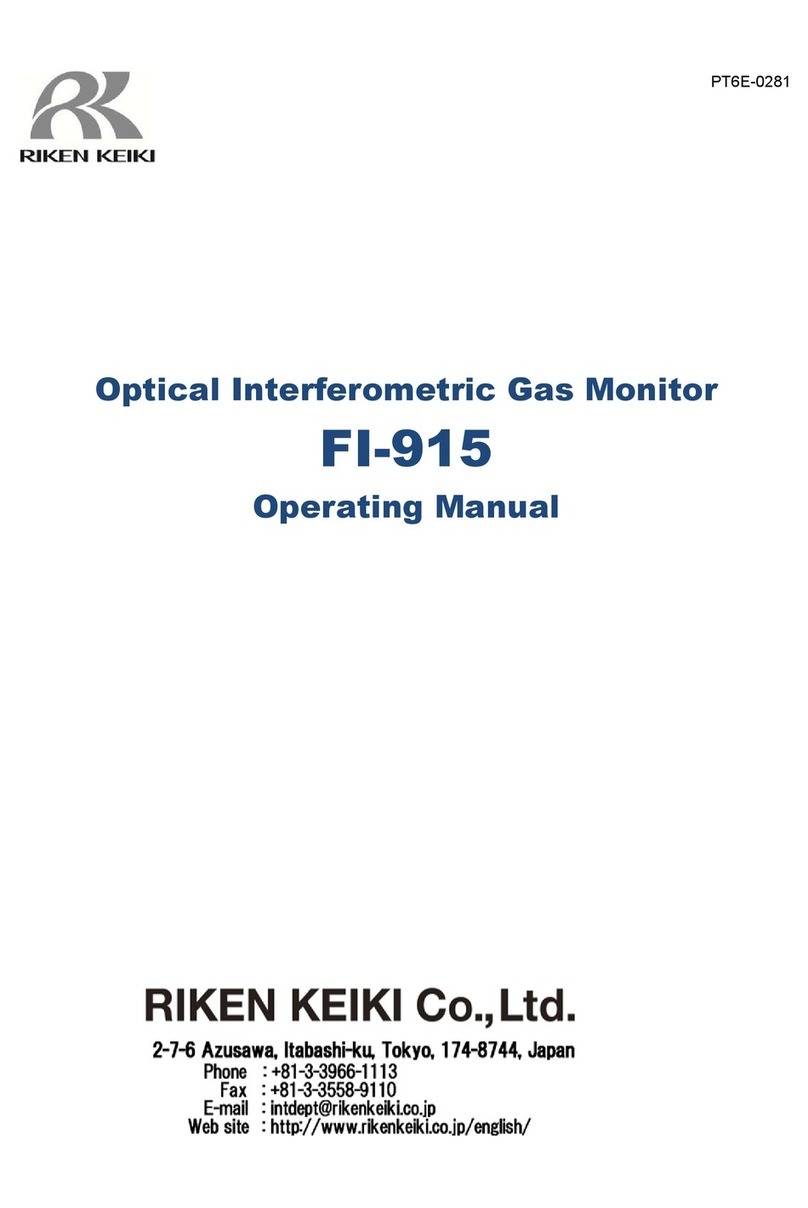
OLC/OLCT 10
ANALOG GAS DETECTOR
USER MANUAL
Revision I.0
Thank you for choosing this TELEDYNE OLDHAM SIMTRONICS instrument.
All of the necessary actions have been taken in order to ensure your complete satisfaction with
this equipment.
It is important that you read this entire manual carefully and thoroughly.
The extent of our responsibility
The company TELEDYNE OLDHAM SIMTRONICS S.A.S.,hereinafter referred to as TELEDYNE
OLDHAM SIMTRONICS throughout this document, shall not be held responsible for any
damage to the equipment or for any physical injury or death resulting in whole or in part from
the inappropriate use, installation, or storage of the equipment, which is the result of not
complying with the instructions and warnings, and/or with the standards and regulations in
force.
TELEDYNE OLDHAM SIMTRONICS does not support or authorise any business, person, or
legal entity in assuming responsibility on behalf of TELEDYNE OLDHAM SIMTRONICS, even
though they may be involved in the sale of TELEDYNE OLDHAM SIMTRONICS products.
TELEDYNE OLDHAM SIMTRONICS shall not be responsible for any damage, direct or indirect,
or for damages and interest, direct or indirect, resulting from the sale and use of any of its
products UNLESS SUCH PRODUCTS HAVE BEEN DEFINED AND CHOSEN BY TELEDYNE
OLDHAM SIMTRONICS FOR THE USE THAT THEY ARE INTENDED.
Ownership clauses
The drawings, specifications, and information herein contain confidential information that is the
property of TELEDYNE OLDHAM SIMTRONICS.
This information shall not, either in whole or in part, by physical, electronic, or any other means
whatsoever, be reproduced, copied, divulged, translated, or used as the basis for the
manufacture or sale of TELEDYNE OLDHAM SIMTRONICS equipment, or for any other reason
without the prior consent of TELEDYNE OLDHAM SIMTRONICS.
Warning
This is not a contractual document. In the best interest of its customers and with the aim of
improving performance, TELEDYNE OLDHAM SIMTRONICS reserves the right to alter the
technical features of its equipment without prior notice.
READ THESE INSTRUCTIONS CAREFULLY BEFORE THE FIRST USAGE: these instructions
should be read by all persons who have or will have responsibility for the use, maintenance, or
repair of the instrument.
This instrument shall only be deemed to be in conformance with the published performance if
used, maintained, and repaired in accordance with the instructions of TELEDYNE OLDHAM
SIMTRONICS by TELEDYNE OLDHAM SIMTRONICS personnel or by personnel authorised by
TELEDYNE OLDHAM SIMTRONICS.




















